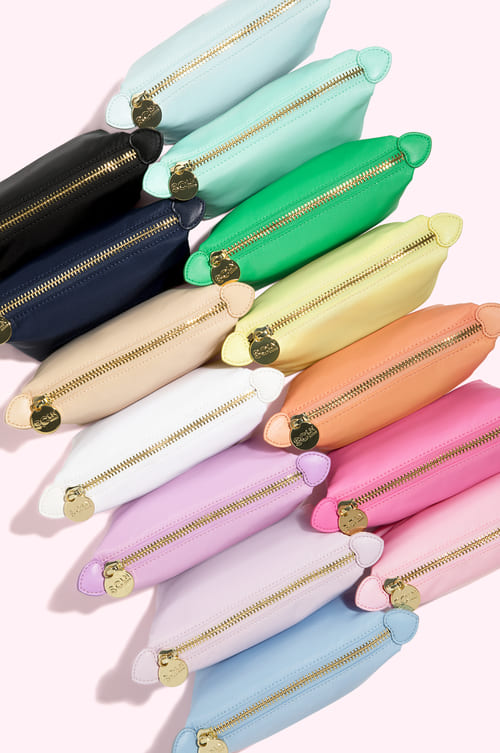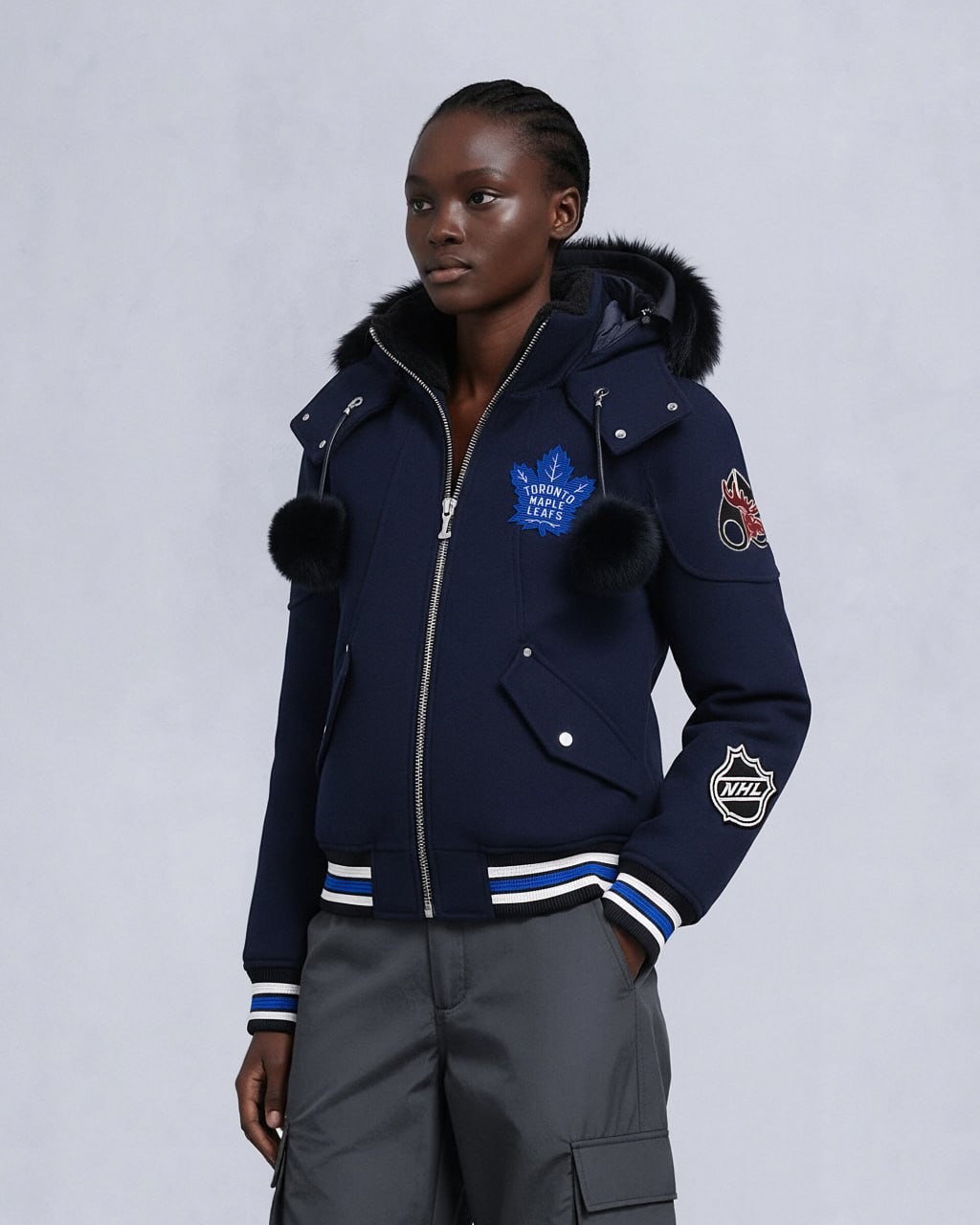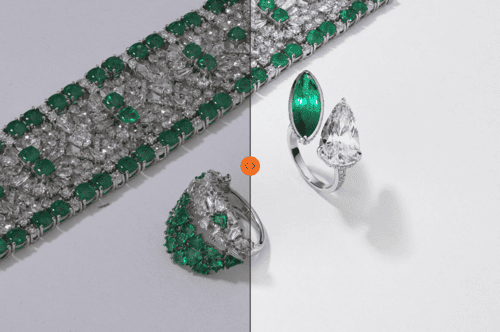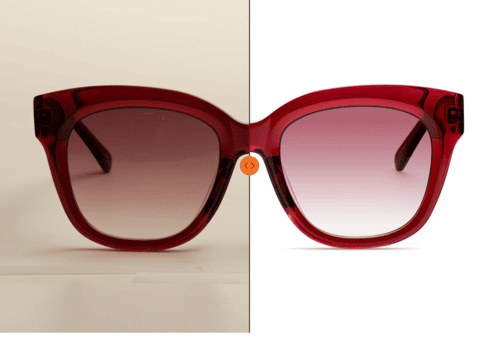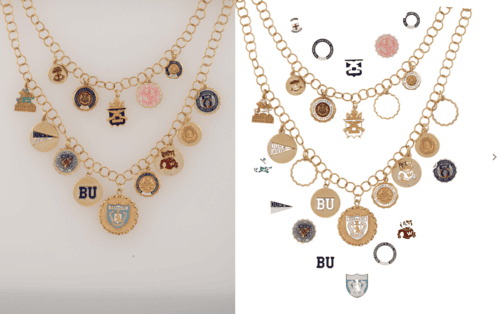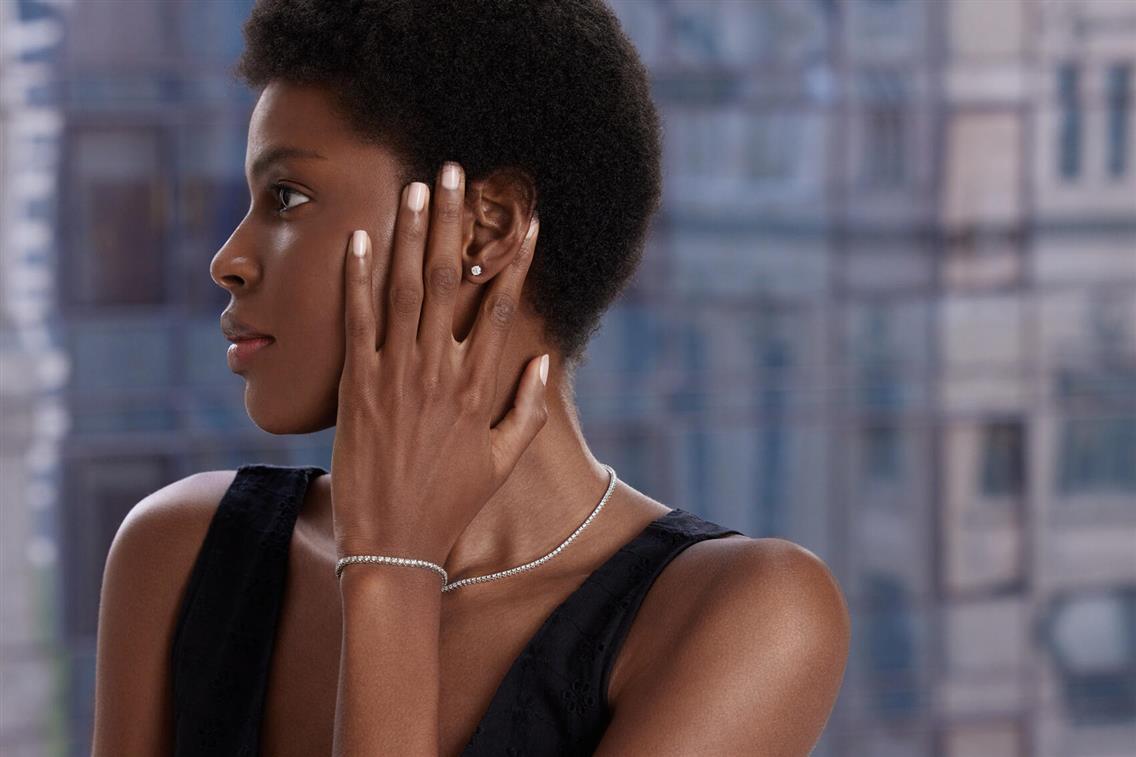Long Form vs Short Form Video: Which is Better for Your Brand?
Video has become a central pillar of brand communication. Yet while its importance is universally recognized, many businesses still face a critical decision: which format, long form or short form, will best serve their objectives?
Short-form video promises immediacy and reach, thriving on platforms built for rapid consumption. Long-form video offers depth, storytelling, and stronger brand positioning, often supporting higher-value transactions. Each format serves a distinct role within a broader content strategy, and choosing between them (or combining them intelligently) can significantly impact marketing outcomes.
This article explores the strengths and limitations of both formats and explores how brands can align their video strategy with their business goals. It also highlights the role of professional production in ensuring that content, regardless of length, meets the increasingly sophisticated expectations of modern audiences.
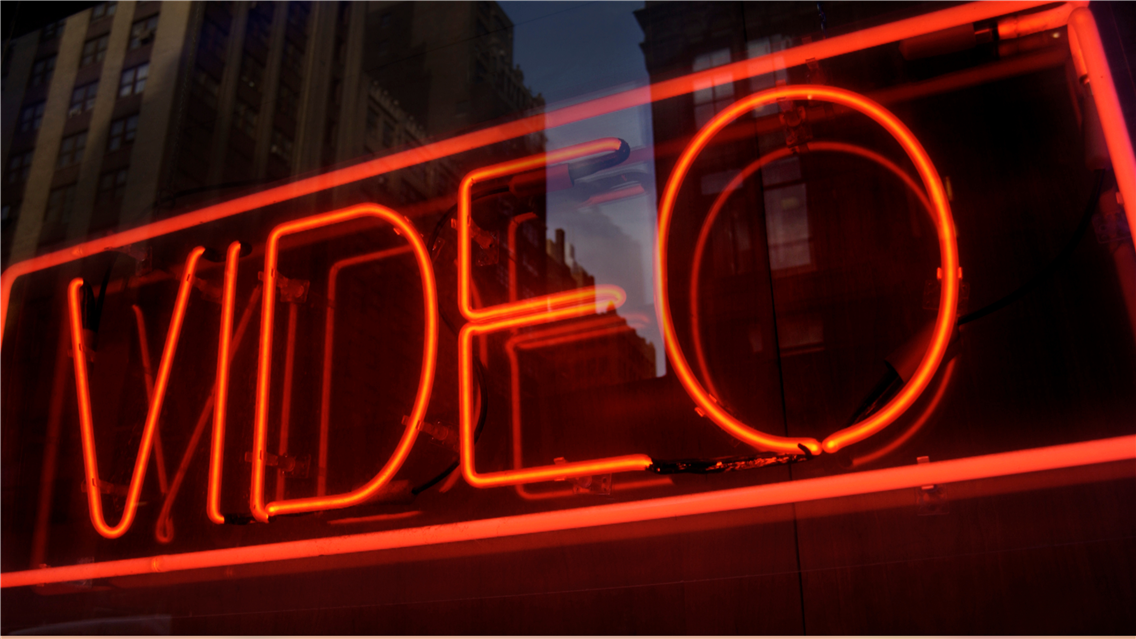
Why Video Format Matters in eCommerce
In the digital environment, the choice of video format directly influences campaign performance, customer perception, and ultimately, return on investment.
| Short-form videos cater to the dynamics of fast-scrolling platforms, where attention spans are limited and immediate impact is required. |  |
Conversely, long-form videos allow brands to articulate complex value propositions, foster emotional engagement, and build long-term loyalty.
Selecting the wrong format can lead to wasted resources, diluted messaging, and missed opportunities to connect with target audiences. Beyond audience behavior, platform algorithms themselves often favor specific formats. A 20-second clip may perform exceptionally well on TikTok but falter when repurposed for a brand’s website or email campaigns, where viewers expect more substantial content.
For brands operating in sectors where trust, craftsmanship, or storytelling are central, the consequences of mismatched content can be particularly acute. In these categories, video is not only a promotional tool but also a representation of brand values, quality standards, and cultural relevance.
What is Short-Form Video and When to Use It?
Short-form video refers to content typically under 60 seconds in length, though many of the most effective examples fall within the 15 to 30-second range. This format is designed for rapid engagement, aligning with the consumption patterns of users on platforms such as TikTok, Instagram Reels, and YouTube Shorts. And additionally, short-form video is a nice option for your eCommerce product pages.
Short form excels when the objective is to capture attention quickly or communicate a single, compelling message. It is particularly effective for:
- Launching new products or promotions
- Creating awareness around seasonal campaigns
- Driving immediate traffic to e-commerce platforms
- Generating high-volume impressions through shareable content
Its advantages are clear. Short-form videos generally require lower production budgets, allow for frequent content refreshes, and tend to generate higher engagement rates, particularly among younger audiences accustomed to fast-paced media.
However, the brevity that gives short-form video sometimes leads to creativity limitations. Complex narratives, nuanced brand positioning, or premium product messaging often struggle to find adequate expression within such tight parameters. Poor execution, whether through weak visuals, incoherent messaging, or lack of brand consistency, is particularly unforgiving in this format, often leading to a loss of credibility rather than a gain in visibility.
Short-form video is most powerful when treated not simply as a trend, but as a precision tool: sharp, purposeful, and professionally crafted to achieve specific business objectives.
What Is Long-Form Video and When Should Brands Use It?
Long-form video typically refers to content exceeding one minute, often ranging between two and ten minutes, depending on its intended purpose and platform. Unlike short-form content, which must prioritize immediacy, long-form video is built around depth, storytelling, and emotional engagement.
This format is particularly effective for:
- Telling a brand’s origin story or communicating its mission
- Showcasing complex or premium products through detailed demonstrations
- Building credibility through customer testimonials or behind-the-scenes narratives
- Educating consumers in industries where trust and authority are decisive factors
In sectors such as fashion, jewelry, beauty, lifestyle, and luxury goods, long-form video allows brands to articulate intangible values, craftsmanship, heritage, sustainability, in ways that short-form content cannot fully capture.
Long-form videos often serve well in environments where audiences are more intentional about their consumption: brand websites, email campaigns, YouTube channels, or during special launch events. They are less about instant gratification and more about building lasting emotional equity with the customer.
However, producing effective long-form content demands significantly more skill. Without a compelling narrative arc, strong pacing, and high production values, longer videos risk losing the viewer’s attention midway. Inattention to these elements can undermine even the most compelling brand messages.
When executed strategically, long-form video becomes a vital asset, not just a marketing tool, but a medium through which a brand can deepen relationships, educate its audience, and differentiate itself in increasingly competitive markets.
How to Choose Between Short-Form and Long-Form Video for Your Brand
Selecting the right video format is not simply a matter of trend alignment; it requires a strategic understanding of your goals, audience behavior, platform requirements, and the nature of your product.
Below is a breakdown of common video types used by e-commerce brands, including recommended lengths, aspect ratios, and distribution channels.
Typical Length | Recommended Format | Best Channels | Purpose |
|---|---|---|---|
E-commerce Product Video | |||
| 20–60 seconds | Horizontal (16:9), Square (1:1), or Vertical (9:16) | Website, Marketplaces (Amazon, Macy’s, Ssense), Pinterest | Showcasing key product features, driving purchase decisions |
Creative Ads / Commercials | |||
| 15–45 seconds (short form); 1–2 minutes (long form) | Vertical for social media; Horizontal for website and YouTube | Paid social ads (Meta, TikTok, Google), Display networks, Online Store main page, or editorial section, outdoor ads | Capturing attention, driving traffic, and building brand image |
Stop-Motion Animation | |||
| 10–30 seconds | Square (1:1) or Vertical (9:16) | Instagram Reels, TikTok, Pinterest, ads | Highlighting products creatively, driving traffic and engagement |
360° Spin Videos | |||
| 20–45 seconds | Horizontal (16:9) or Square (1:1) | E-commerce product pages, Amazon, DTC websites | Allowing customers to interactively view product angles |
3D Animation Videos | |||
| 15 seconds (short) to 90 seconds (explainer) | Horizontal (16:9) or Vertical (9:16) depending on platform | Product pages, Landing pages, YouTube, Paid ads | Explaining complex features or premium craftsmanship |
Tutorials / How-To Content | |||
| 1–3 minutes (short version); 5–10 minutes (long form) | Horizontal (16:9) | YouTube, Websites, Email marketing | Educating customers, building brand authority |
Brand Storytelling / Company Profile | |||
| 2–5 minutes | Horizontal (16:9) | Website, YouTube, LinkedIn, Press kits | Deepening trust, communicating brand values |
How Goals Influence Video Format Selection
- Brand Awareness Campaigns: Short-form vertical video (Reels, TikTok, YouTube Shorts) offers broad reach and high engagement.
- Product Launches: A combination works best: short form teasers for ads and social media, supported by long form product walkthroughs for the website or YouTube.
- Conversion-Focused Pages: Professional, horizontally shot e-commerce videos and 360° spins improve product understanding and reduce hesitation at checkout.
- High-Ticket Sales or Brand Building: Long-form storytelling videos deliver a stronger emotional connection and help differentiate your brand meaningfully.
Choosing the right type, length, and format is essential not just for aesthetic coherence but for ensuring that content matches platform consumption behaviors and maximizes business outcomes.
In most cases, the most effective video strategy is not an either-or decision, it is a coordinated blend of short form and long form assets, tailored to different stages of the customer journey.
Why Video Production Quality Matters More Than Format
While the decision between long-form and short-form video is important, it is ultimately secondary to a more fundamental factor: production quality.
Audiences today are highly attuned to visual language. Regardless of the length, they expect content that is crisp, thoughtfully composed, brand-aligned, and professionally edited. Poor production can undermine a brand's credibility, dilute its positioning, and create negative associations that are difficult to reverse.
In short-form video, technical flaws are magnified because the content must deliver impact immediately. A poorly framed shot, rushed editing, or low-grade graphics are instantly apparent, and often lead to a reflexive swipe past the brand’s message.
In long-form video, the stakes are even higher. Without a tight narrative structure, consistent pacing, and strong visual storytelling, longer content risks losing audience engagement before the core message has been delivered. Here, attention to detail across every frame is not an advantage; it is a baseline requirement.
For brands operating in competitive sectors, where aesthetics, trust, and emotional resonance drive purchasing behavior, investing in quality video production is not optional. It is integral to sustaining a premium image, improving conversion rates, and maximizing the return on marketing investment.
Format matters. Strategy matters. But without execution at the highest standard, both are significantly diminished.

